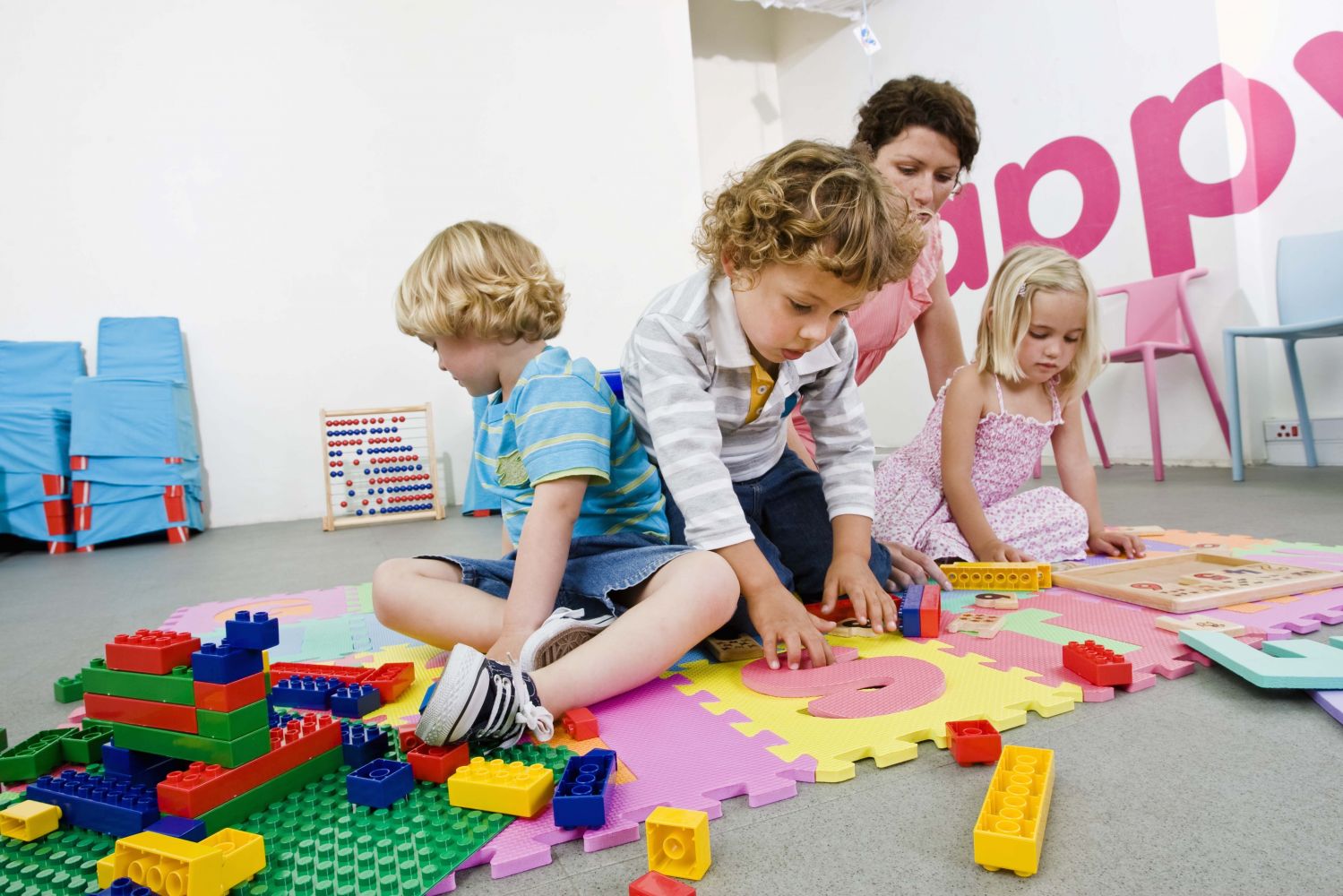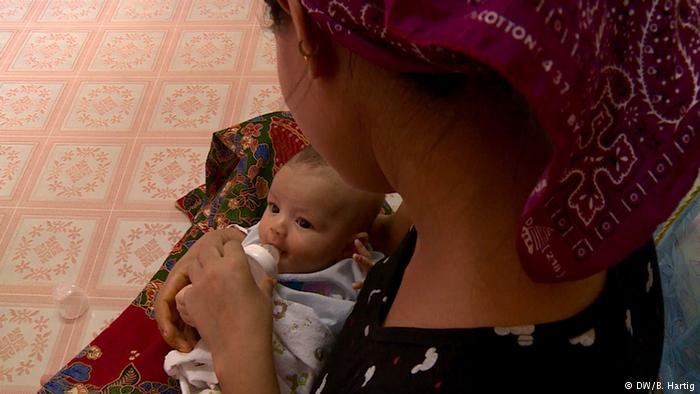Opinion: The Delights of Observing Male Parenting and Other Forms of Childcare

In several countries, including the US, there is an urgent need for safe, affordable childcare along with an analysis of the true social cost of not providing quality childcare. (Copyright: WFS)
On a recent visit to Sweden, I was struck by something having nothing to do with hair color, bike paths or the high cost of living. It had to do with who takes care of the kids. I saw so many dads pushing strollers, holding toddlers on their shoulders, or talking to kids on their way to school that it stopped me short. The delight of observing male parenting led me to thoughts of other forms of child care, something that many countries can be proud of. Sadly, America is not among them.
Here is the sad reality of child care in this country. A substantial number of daycare centers are poorly run and often unsafe, despite the fact that childcare now costs more than college tuition in most states while almost 20 percent of working moms with young children work in low-wage jobs.
According to a 2013 story in the Washington Post, while experts recommend a ratio of one caregiver to every three infants, only a third of children are in settings meeting that standard. Childcare providers are often poorly paid and trained. Some of them need only minimal or no training in health, safety or child development to get their jobs. States often lack enough regulators to visit child centres as often as mandated that is why even serious violations often go unrecorded or corrected.
At the same time, child care costs are expensive and rising. Child Care Aware of America (CCAA), the country’s leading voice for child care, reported in 2013 that families are paying a significant part of their earnings for the care of their children. During 2012, for example, the cost of child care increased up to eight times the rate of increases in family income.
Some family members work two or three jobs just to cover child care costs, and children are often placed in multiple child care arrangements, especially if parents work during non-traditional work hours. Financial insecurity can lead some parents to remove their children from organized child care and simply “make do”. The CCAA report concludes that “after six years of studying child care regulations and oversight, we still cannot say with confidence that America’s children are protected by state licensing and oversight systems. Nor can we say that child care policies are in place to help young children learn and be ready for school.”
That last point is important. A National Institute of Child Health and Human Development (NICHD) found that high quality child care leads to more positive outcomes even during the teenage years. Even ten years after leaving child care young people experienced high academic achievement and other positive outcomes.
It’s not only child care experts who agree that investment in high quality early care pays off. Economists say that good preschools save future dollars for everyone. Economic studies show that kids who have experienced high quality early learning environments are more likely to succeed at all levels of education and to gain stable employment, which correlates to lower crime rates.
President Barack Obama raised the issue of childcare in his recent State of the Union speech underscoring what experts have been saying: a national discussion on the importance of safe, affordable child care is urgently needed, along with an analysis of the true social cost of not providing quality child care.
Meanwhile, other countries already realize the importance and positive impact of caring for their young. They treat day care as an absolute priority – as we did during WWII when women were needed in the factories and factory crèches were established. However, once Johnny came marching home again, American day care was returned to the realm of mothers who lost gainful employment, economic autonomy and all too often, their sanity in 1950s suburbs.
It isn’t only Scandinavian countries that can be looked to for models. France, for example, has a government run system considered by experts to be exemplary. Parents who stay at home to care for their children or hire their own caregivers receive generous tax breaks, which allow 80 percent of French women to work without worrying about their children. The French government allocates roughly one percent of its gross domestic product to child care; that’s more than twice as much as the U.S. does. And as we all know, “you get what you pay for.”
Surely we should be willing to pay more to ensure the safety and healthy development of our nation’s children, right? Somehow, given the new Congress, I doubt that the discussion will even take place.
Author: Elayne Clift
Editor: Marjory Linardy
Elayne Clift writes about politics and social issues from Saxtons River, Vermont.
This is an article from Women’s Feature Service
WTO RECOMMENDS
When parents abuse children
Since the December 16 gang rape incident in Delhi, the attention that sexual violence has received from the Indian public and authorities has been a welcome change. However, such recognition should not come at the cost of ignoring other forms of violence that may seem to be less scandalous and, in fact, “normal.” The recent UNICEF report on violence against children does precisely this.
Children suffer labor pain
On their porch I saw a 10 year old girl wearing a torn pullover over a cotton frock, the sleeves pulled up till her elbow, bare legs and feet, dry lifeless hair tied with a rubber band and her hands soaked in a bucket of apparently very cold water. She rinsed the cloth in the bucket, squeezed it and began mopping the floor. I could feel the cold almost biting through her fingers.
Robbed of childhood
Be it going to school, playing with friends or listening to stories from your grandparents- all these memories of childhood bring a profound feeling of happiness. But everyone is not fortunate enough. For hundreds of girls throughout the world childhood comes to an end sooner than it should. These girls get married, look after their husband’s household and bear children at a time when they should be going to school.







